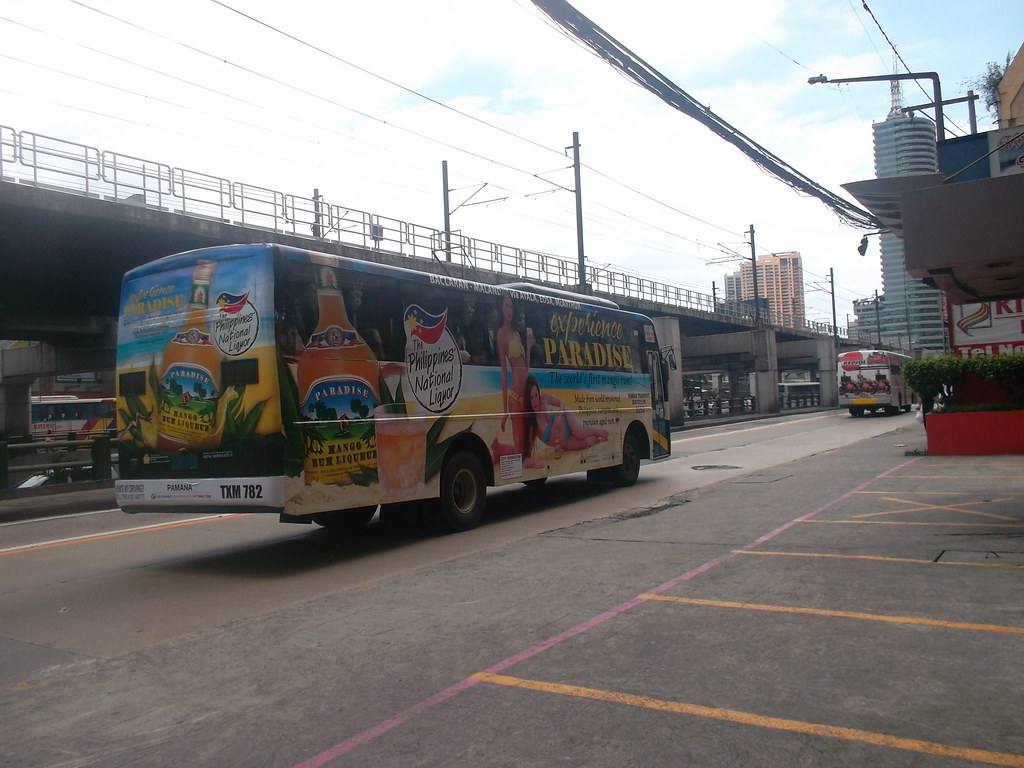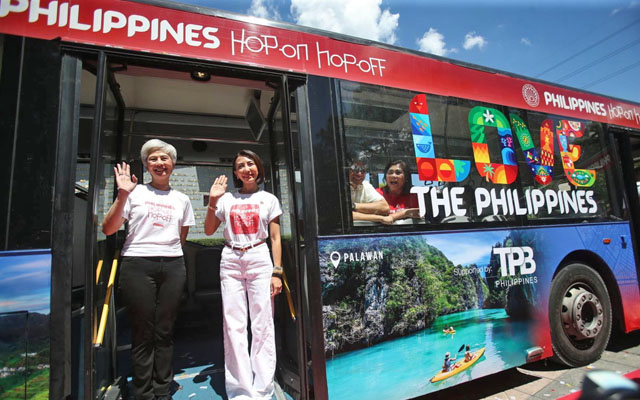Transit Advertising Philippines: A Cutting-edge Method to Market
Transit Advertising Philippines: A Cutting-edge Method to Market
Blog Article
How Transportation Advertising Can Transform Public Transportation Spaces Into Dynamic Advertising And Marketing Platforms
Transportation advertising holds substantial potential to redefine public transport areas right into vivid advertising and marketing systems that educate and involve. As we discover the diverse benefits and progressing methods of transit advertising and marketing, it increases the inquiry of just how this makeover could redefine our interactions with both brand names and the metropolitan setting.
Benefits of Transit Marketing

Furthermore, transportation marketing is highly cost-effective contrasted to typical media. It allows advertisers to attain high perceptions at reduced costs, taking full advantage of return on financial investment. The restricted audience of commuters offers a possibility for brands to communicate their messages to people that are frequently responsive throughout their travel times.
Furthermore, the dynamic nature of transportation marketing permits projects to be updated regularly, making certain that messaging continues to be prompt and pertinent. This flexibility can be critical in reacting to market trends or marketing events, maintaining the brand top-of-mind for customers. Lastly, the pervasive existence of transit advertising contributes to brand recall; repeated direct exposure within familiar traveling contexts enhances brand understanding and promotes consumer loyalty, eventually driving sales and boosting brand name online reputation.
Sorts Of Transportation Advertising
Public transport systems supply different formats for advertising, each providing to various advertising strategies and audience interaction approaches. One famous type is external bus and train wraps, which cover the entire lorry and develop a mobile billboard effect, enabling high presence in city atmospheres. These wraps can record attention as they go across hectic roads, getting to a diverse audience.
One more prominent style is indoor advertising, that includes posters, digital displays, and advertisements on transportation seats. These positionings involve passengers throughout their journey, reinforcing brand name messaging in a constrained room. Digital presents, in particular, offer the benefit of dynamic material, enabling advertisers to update messages in real-time.
Station advertising is additionally considerable, featuring posters, banners, and interactive booths within transit stations. These ads utilize foot website traffic and can target certain demographics based upon place.
Finally, promotional collaborations with transportation authorities can lead to unique campaigns, such as themed transit experiences or occasions, boosting the total engagement with travelers. Each type of transportation advertising provides distinct advantages, permitting brand names to tailor their approach to successfully reach their target market within the public transport environment.
Involving Commuters Properly
Travelers are progressively inundated with advertising messages throughout their day-to-day journeys, making it important for brand names to involve them in cutting-edge methods. To catch attention in this crowded area, advertisers must focus on imagination and significance. Using distinctive visuals and succinct messaging can considerably enhance the likelihood of interaction.
Interactive elements, such as QR codes or increased reality features, can likewise transform static ads into immersive experiences, promoting a deeper link with the audience. Brand names must concentrate on resolving commuters' passions and requirements, customizing messages to resonate with their way of life, whether via promotions for regional companies or solutions created to improve their travelling experience.
Moreover, timing plays a critical function; purposefully putting ads during top commuting hours can make best use of exposure and impact. Engaging commuters efficiently additionally entails leveraging social media sites integration, permitting travelers to share their experiences or promos straight from transit platforms, consequently magnifying brand reach.
Essentially, effective interaction hinges on understanding the traveler trip and producing engaging, interactive, and relevant advertising and marketing experiences that not just record focus yet likewise drive activity and commitment. By doing so, brands can change public transport into a dynamic advertising and marketing platform that reverberates with its audience.

Measuring Advertising Effect
Just how can brand names properly examine the performance of their advertising and marketing projects in transportation atmospheres? Determining the effect of transportation marketing calls for a complex approach that combines qualitative and quantitative metrics. One over here prevalent technique is tracking engagement via mobile analytics, where brand names can examine foot web traffic patterns and app communications in the past, during, and after campaigns.
Studies can provide beneficial insights right into brand recall and customer view, allowing brands to evaluate just how well their messages resonate with travelers. Furthermore, keeping an eye on social networks interaction associated look these up to certain campaigns can reveal changes in public perception and brand name conversation.

Furthermore, working together with transportation firms can boost measurement precision, as they frequently possess thorough group information on ridership fads. By incorporating these approaches, brands can develop an extensive understanding of their marketing efficiency, making certain that their projects not only reach but likewise impact their target market effectively.
Future Fads en route Marketing
A significant change is expected en route advertising and marketing as technological innovations and altering consumer behaviors reshape the landscape. Transit Advertising Philippines. The combination of interactive media and digital displays is expected to enhance involvement, enabling brands to provide vibrant content that reverberates with diverse target markets. As public transport systems accept wise innovation, advertisers will utilize real-time information analytics to tailor messages based upon guest demographics and habits
Moreover, enhanced reality (AR) is poised to reinvent the means travelers communicate with advertisements. By providing immersive experiences, AR can change an ordinary trip into an appealing story that catches focus and cultivates brand loyalty. This technology will likely urge marketers to produce more experiential campaigns that drive customer communication.
Sustainability is one more vital pattern affecting transit advertising and marketing. As environmental awareness grows, brands will progressively wikipedia reference look for to straighten with environment-friendly methods, utilizing lasting products and promoting green efforts within their campaigns.
Verdict
In conclusion, transportation marketing uses significant advantages by boosting brand presence and engaging a captive audience. As fads progress, the possibility for cutting-edge communications between travelers and brand names is positioned to grow, making certain that transportation marketing remains a crucial component of modern-day advertising and marketing strategies.
Transportation marketing holds considerable possibility to redefine public transportation spaces into vibrant advertising systems that involve and educate. The prevalent presence of transportation advertising adds to brand name recall; duplicated direct exposure within familiar travel contexts strengthens brand name awareness and cultivates customer commitment, inevitably driving sales and improving brand name credibility.
Exactly how can brands accurately evaluate the efficiency of their advertising and marketing campaigns in transportation environments?In final thought, transportation advertising and marketing provides substantial benefits by boosting brand name presence and engaging a captive target market. Transit Advertising Philippines. As patterns progress, the capacity for innovative communications in between brand names and travelers is positioned to expand, guaranteeing that transportation advertising stays an essential component of modern-day advertising approaches
Report this page